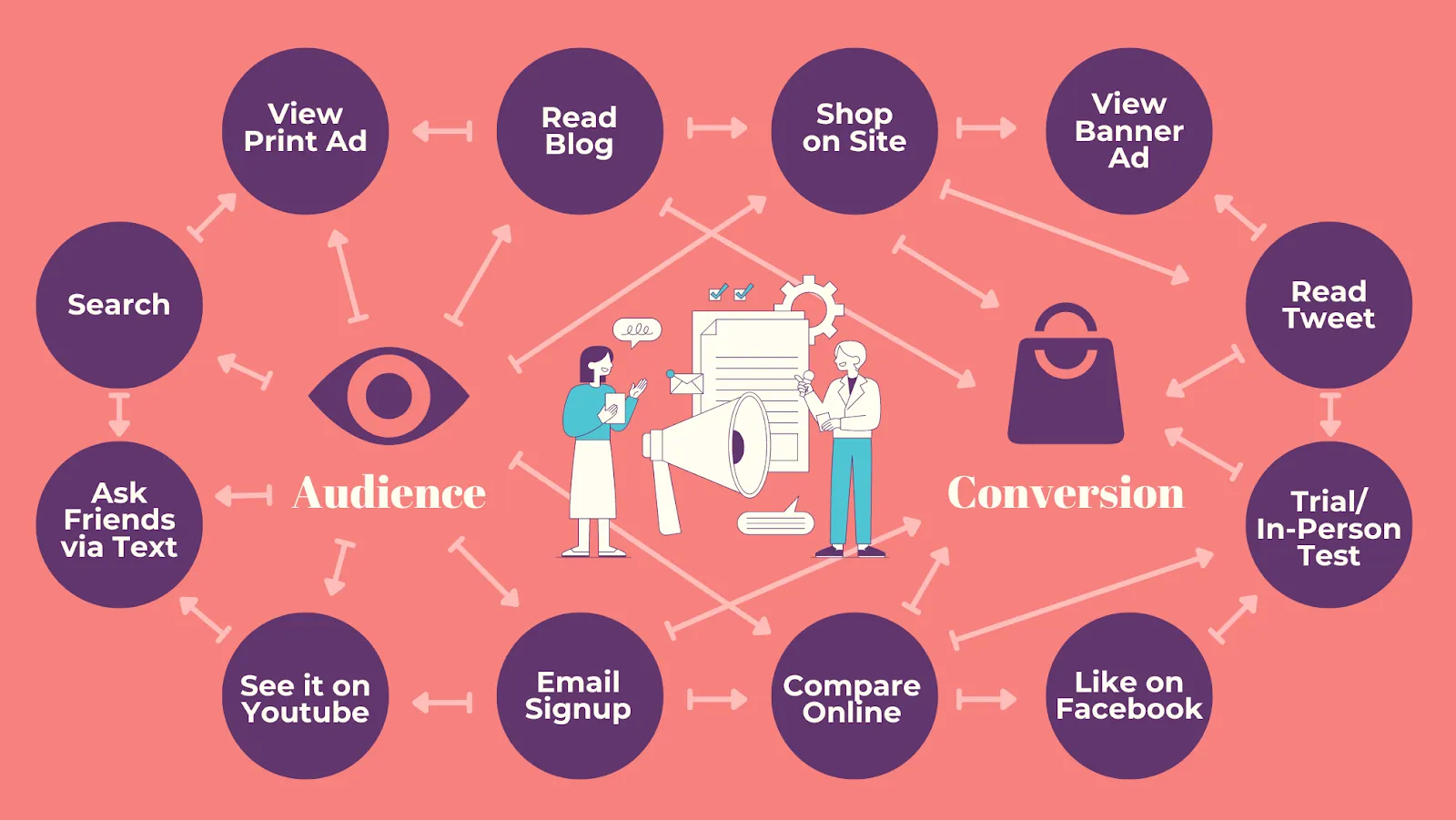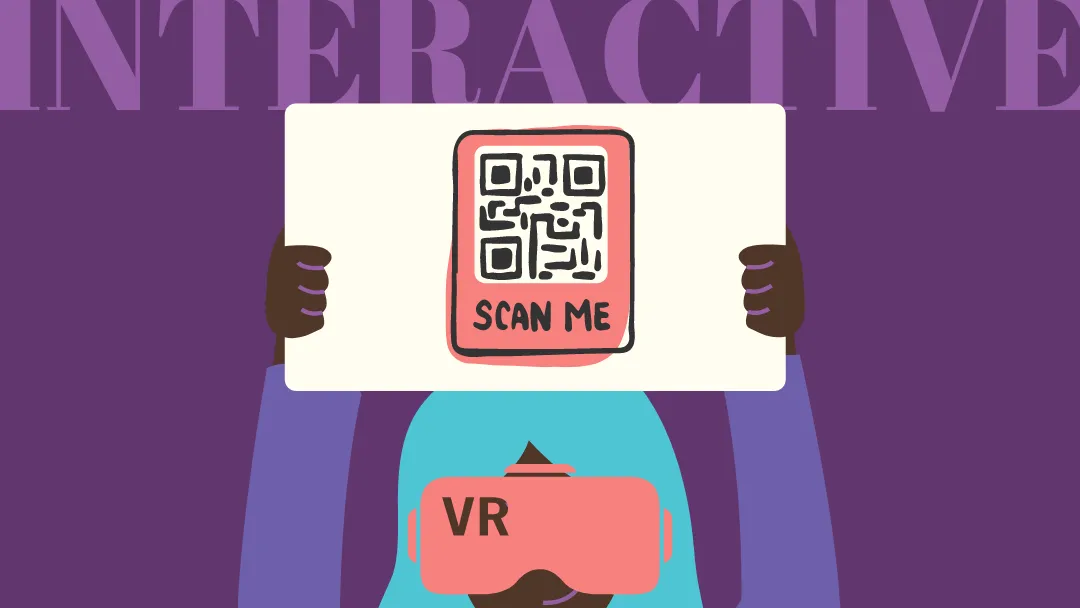Is Print Dead?
Most marketing agencies, especially those that specialize in digital services, will be the first to tell you that print is dying. Newspapers and magazines are shuttering left and right, moving physical circulation to digital-only issues in an effort to survive. Most direct mail pieces we receive wind up going to the recycle bin immediately, without so much as a glance.
However, we’re here to tell you that print is far from extinct—what needs to go to the graveyard is the way we think about it.
Is Print Still a Relevant Medium to Reach Target Audiences?
The “digital killed print” mantra began in the journalism world. As we see magazines and newspapers completely abandoning their print editions, shutting down presses, and moving entirely online, it seems to ring true—regardless of readership numbers showing that print is very much still alive in journalism.
Marketing and advertising are close cousins to journalism, coming from the same basic need—to get messages and information out to the public quickly, concisely, and in a way that will be retained. Print was once the only way people got information. Now we have the opposite problem—there are so many channels to get news, conduct purchase research, and connect with the community that consumers experience information overload. It’s hard to know what’s legitimate and what’s a scam.
Because of this historic relationship between marketing and journalism, the “digital killed print” mantra echoes throughout the marketing and advertising worlds with alarming frequency. However, it couldn’t be further from the truth. What digital marketing advertising did kill, however, was print’s exclusive hold on information, and the traditional ways people consume media. Just because information is readily available digitally doesn’t mean people don’t still turn to print for specific purposes.
In fact, there’s a documented psychological interest in printed materials over digital pieces. One U.S. consumer survey found that consumers trust the stories read in printed newspapers (56%) more than stories found on social media (35%). The same survey found that 71% of consumers don’t pay attention to most online advertisements, with 63% reading personally-addressed printed advertising mail. A majority of consumers (74%) also indicated they are concerned about the trend of “fake news”— a very real problem in the digital publishing world.
Science doesn’t just tell us that people like print. It also tells us that people process print and digital differently. A 2020 study conducted by the Copenhagen Business School took a neuroscientific approach to identifying the divide between print and digital messaging, testing visual attention and memorization by measuring eye movement, brain activity, and other biometric markers. In the study, subjects were presented with both print and digital newspaper ads. The study found that subjects were able to process the digital information faster, but chose to spend more time reading the print ads and were able to recall more information from the print pieces when tested.
Most importantly, the Copenhagen Business School study found that print pieces generated a stronger emotional response, suggesting that subjects are forming a deeper engagement and connection with the material. Based on the study, products in print ads are more effective in eliciting emotional engagement and prolonged attention of consumers.
Emotional engagement is majorly important when we think about marketing. In the sales funnel, the initial awareness phase largely relies on an emotional, “gut reaction” appeal. If your brand doesn’t resonate on first impression, you’ll never get deeper into the sales funnel where people actually take the time to do fact-based research and make decisions logically.

Finding the Balance Between Print and Digital
We’re fascinated by these studies because we love numbers. It’s the same reason we love digital marketing—because it inarguably offers more opportunities to connect with consumers in an easily measurable way. While these studies and surveys found some pretty staggering information, it’s pretty much impossible to get those measurements on an individual campaign basis. There’s no way to get open rates on a direct mail campaign, or click-through rates on a print ad.
However, it’s impossible to ignore the proof that print makes things more concrete and permanent, and people respond to that fact. Anyone can push out a message online. It takes a lot more effort and a degree of legitimacy to create and distribute a printed piece.
This required effort also makes print more expensive than digital tactics. Cost is usually the main reason that brands choose to skip or minimize their printed materials, but that shouldn’t be the only factor. In fact, a greater expense isn’t necessarily a bad thing—with greater cost comes less competition for audience attention.
By the same token, opting to go 100% print and ignore digital outlets does your brand a major disservice. Investing all of your time, money, and creative energy in a few really gorgeous print pieces won’t accomplish the goal of turning leads into customers without the support of a polished digital footprint.
While really great creative and high-quality printing do make a difference, the reality is that the buyer's journey is never a straight line from a single marketing touchpoint to making a purchase. In reality, it looks something like this:

The fact of the matter is, customers like to do their own research, and will typically follow up on a printed piece by doing a Google search, visiting your website, checking out your social media, reading reviews, and so on. The goal of good marketing is to make sure that your brand appears in as many of the places your customers are doing research as possible. To make that impression count, all of the places your brand appears online need to be just as glossy and enticing as the print ad, custom direct mail piece, or billboard you paid so much money for.
In fact, The Rule of 7 states that it takes about 7 marketing touch points just to turn someone into a qualified lead. This doesn’t even account for the touches and efforts needed between that lead warming up to your brand and finally making a purchase, and definitely not the ones that keep those converted customers happy and loyal for years to come. Repeated exposure to marketing increases consumer’s familiarity and trust, enhancing recognition and improving retention of the brand message.

While there are a variety of mediums that marketing touch points can include—social media, traditional print, and so on—interactive print has been a growing space. QR codes, interactive packaging and brochures, and augmented reality features are various ways to make your print mediums memorable and stand out from the crowd. QR codes allow you to track consumer interaction and augmented reality features like 3D content engage consumers in a unique way, creating interactive print that leaves a lasting mark. Traditional print isn't going away anytime soon, but the marketing landscape is always evolving, and the way we think about print needs to evolve with it.
Print remains a key touch point to reach consumers about products and services in tandem with digital methods. While some have turned away from print catalogs, brands are bringing them back due to their broad and effective reach. The web is a great source to find information, but it can be overwhelming and hard to make your offering stand out from the crowd. Although catalogs have lost popularity, they are still essential for some marketers to reach consumers in a way that online methods can’t achieve. One of the most successful brands in the world, Amazon, has reintroduced catalogs showcasing toys to enhance the shopping experience and capture customers' attention outside of its usual digital platforms.
Marketers—like us— who effectively use print and digital outlets together can create cohesive, multi-channel campaigns that leverage the strengths of each medium, ultimately achieving a more comprehensive and impactful brand reach.
Knowing When Print is the Right Choice
As we can all attest after being on the receiving end of an endless barrage of direct mail pieces during this current election cycle, there is such a thing as too much of a good thing. Overinvesting in a single medium is never a good idea, and neither is a barrage of content—whether that barrage comes in the form of daily direct-mail postcards, endless emails, or constantly looping TV spots.
When looking holistically at your marketing strategy, it’s important to put print to work in a strategic way. For example, a brand awareness push is likely best done primarily digitally with a few key print pieces—such as ads in publications that your target audience is likely to read, or a billboard or direct mail push in a specifically selected geographic area. Loyalty and reengagement should shift that balance—consider physical print pieces and gifts that reinforce your brand’s value to your existing customers, accompanied by digital follow-up in the form of an email drip.
Trying to guess your way through that balance won’t work. Knowing when and how to leverage different tactics comes with careful testing and unique marketing knowledge—things that we, as an agency, are happy to share. If you’re wondering how print might fit into a well-planned, expertly executed marketing strategy, don’t hesitate to reach out.
